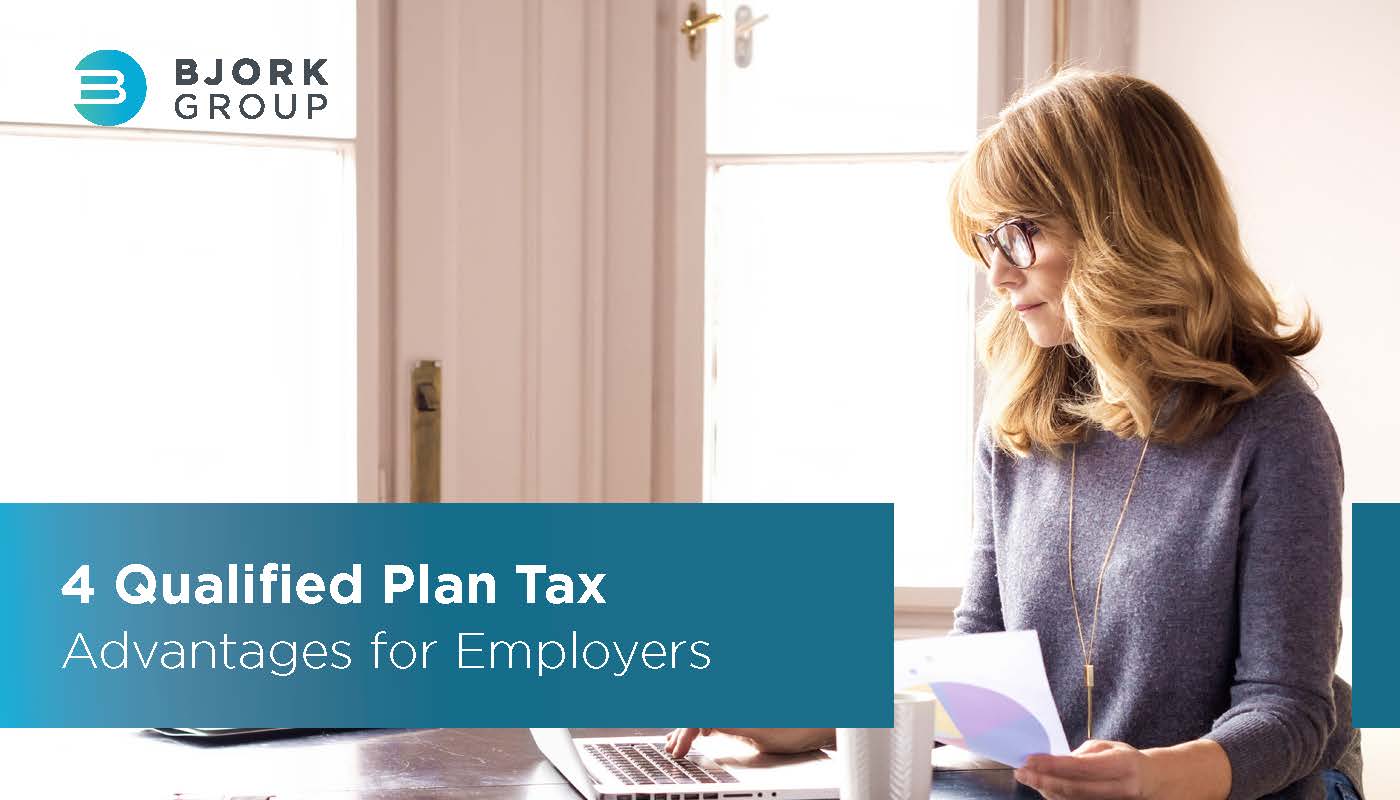Live Your Best Life: Now and in Retirement
- Bjork Group
 Americans are living longer than ever before. Life expectancy is now at 79 years old, and many employees will need to save enough to live 17+ years in retirement.1 How financially prepared are your employees to enter into this next stage of life?
Americans are living longer than ever before. Life expectancy is now at 79 years old, and many employees will need to save enough to live 17+ years in retirement.1 How financially prepared are your employees to enter into this next stage of life?



 Retirement plan committees are super important; they set the direction and priorities of the company’s retirement plan. These actions (or inactions) can have a huge impact on how successful employees are at preparing for retirement.
Retirement plan committees are super important; they set the direction and priorities of the company’s retirement plan. These actions (or inactions) can have a huge impact on how successful employees are at preparing for retirement.
.jpg?width=2917&name=Bjork%20Group_Sean%20Bjork_Financial%20FAQs%20(1).jpg) Talking about money is tricky, especially at work. While it may seem too personal for work and easier to avoid the conversation, the effects can have a lasting effect on a company.
Talking about money is tricky, especially at work. While it may seem too personal for work and easier to avoid the conversation, the effects can have a lasting effect on a company..jpg?width=2917&name=Bjork%20Group_401k%20Advisor%20(1).jpg) As we begin to say goodbye to 2021, let’s look forward to the new year by addressing employee financial habits after COVID, how a K-shape economy is impacting your workplace and how your retirement plan committee plays an important role in helping employees pursue retirement plan goals.
As we begin to say goodbye to 2021, let’s look forward to the new year by addressing employee financial habits after COVID, how a K-shape economy is impacting your workplace and how your retirement plan committee plays an important role in helping employees pursue retirement plan goals.



